Stabilizing production, responding to climate change
In recent times, thanks to the attention and support from the Central Government and the efforts of the locality, irrigation and dyke works in An Giang province have been invested in and built, gradually closing the entire system. Currently, the irrigation system in the province includes 4,035 sluices, 6,314 canals, with a total length of 18,343km, 33 reservoirs, 2,802 pumping stations, 3,128 embankments and dykes, with a length of more than 8,800km, and 234 embankment works (sea and river) with a length of 87.84km. In addition, An Giang also has 133km of sea dykes along the West coast, 22.7km of level III dykes in the eastern part of Bay Xa canal, 32km of O Mon - Xa No dykes, 35.87km of estuary dykes, 128.63km of river dykes and hundreds of kilometers of specialized dykes.
Cai Lon sluice was put into use, contributing to effective water resource control in An Giang province.
As one of the key localities in agricultural production of the country, the irrigation and dyke system in An Giang plays a key role in ensuring irrigation water for production, preventing and combating natural disasters, droughts, saltwater intrusion, as well as ensuring water sources for people's daily life. In fact, in recent years, climate change, droughts and saltwater intrusion have become increasingly severe, threatening the production and daily life of hundreds of thousands of households living along the coastal communes of the province, such as Hon Dat, Binh Giang, Binh Son, An Bien, An Minh, Kien Luong, etc. Irrigation works such as Cai Lon - Cai Be sluice, the West coastal sluice system, flood-prone dykes and hundreds of pumping stations and in-field regulating sluices have been operated synchronously, contributing to flexible salinity and freshwater control, protecting the safety of hundreds of thousands of hectares of rice, vegetables, and fruit trees.
In addition, the irrigation system also performs well in providing fresh water for daily use. During the peak dry season of 2024 - 2025, An Giang basically controlled the water source, and there was no serious shortage of domestic water, thanks to the system being operated effectively. Mr. Nguyen Van Tuan (residing in Nui Trau hamlet, Hoa Dien commune) shared: “In the past, people here had difficulty cultivating rice because in the dry season, saltwater from Rach Gia - Ha Tien canal flowed in, causing a shortage of fresh water. Now the province has invested in a temporary dam with Larsen piles to prevent salt and retain fresh water, so we can produce with peace of mind and no longer worry about rice being contaminated with salt.”
Optimize project operation efficiency
According to the Head of the Provincial Irrigation Sub-Department, Nguyen Huynh Trung, An Giang is currently located in three ecological regions including freshwater (upstream), freshwater-brackish (mid-region) and salt-brackish (coastal). Based on natural conditions and production planning, the province's irrigation system is divided into sub-regions and areas: North Vam Nao, South Vam Nao, Long Xuyen Quadrangle, Chau Thanh - Rach Gia, Cai Lon - Cai Be riverside, U Minh Thuong National Park buffer zone, An Bien - An Minh coastal area, O Mon - Xa No embankment, Bay Nui highland and island areas.
Vam Ba Lich boat lock sluice (Chau Thanh commune) operates to control salinity, ensuring domestic water for Rach Gia area and neighboring areas.
With the current status of the project, the goals are to provide enough irrigation water for production; minimize damage caused by floods, droughts, saltwater intrusion and high tides; ensure domestic water for people, especially in mountainous and island areas; prevent subsidence and landslides; serve water and road traffic... The province will develop an irrigation project operation plan suitable to natural conditions, production situation and water demand of each sub-region and each area.
In the period of 2025 - 2030 and the following years, An Giang will continue to invest in completing the system of works to control water resources, prevent saltwater intrusion from the West Sea and the East Sea; build works to transfer, supply and fill water, especially in the U Minh Thuong area. Along with that, the province will complete the 3-phase power system to serve the operation of sluices; develop internal irrigation associated with water-saving irrigation and advanced irrigation. In addition, the province will promote the application of science and technology, gradually modernize the operation of sluices using the SCADA system and improve the quality of irrigation human resources. |
THUY TRANG
Source: https://baoangiang.com.vn/an-giang-van-hanh-hieu-qua-he-thong-thuy-loi-a423892.html



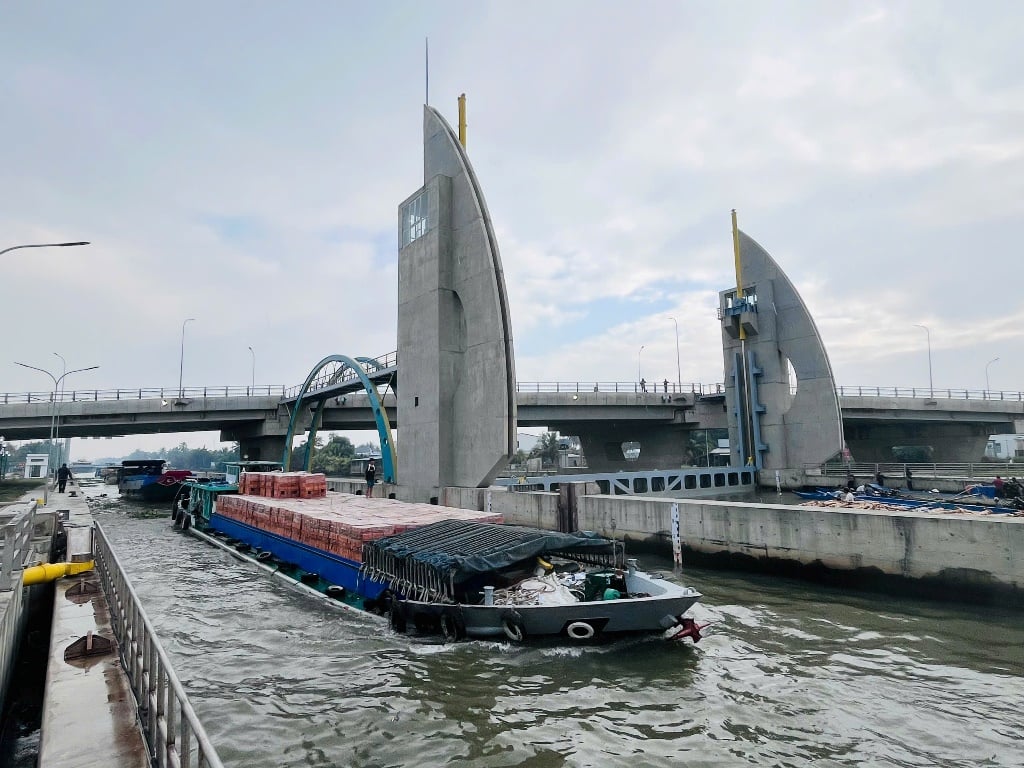

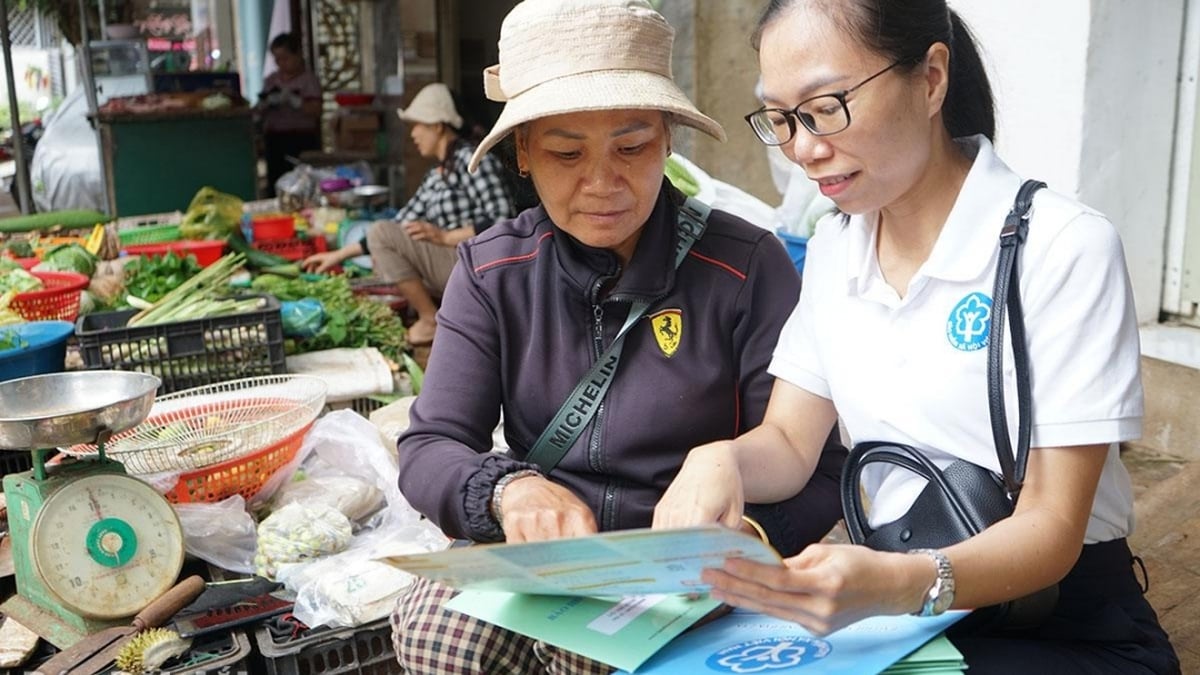
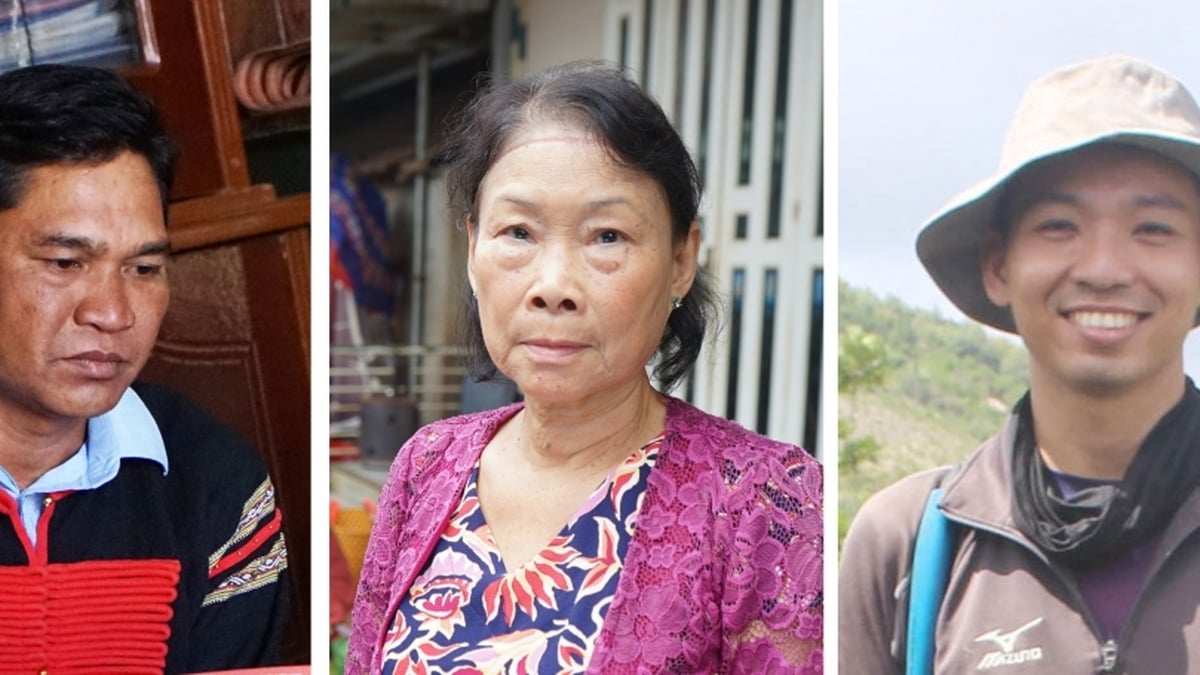
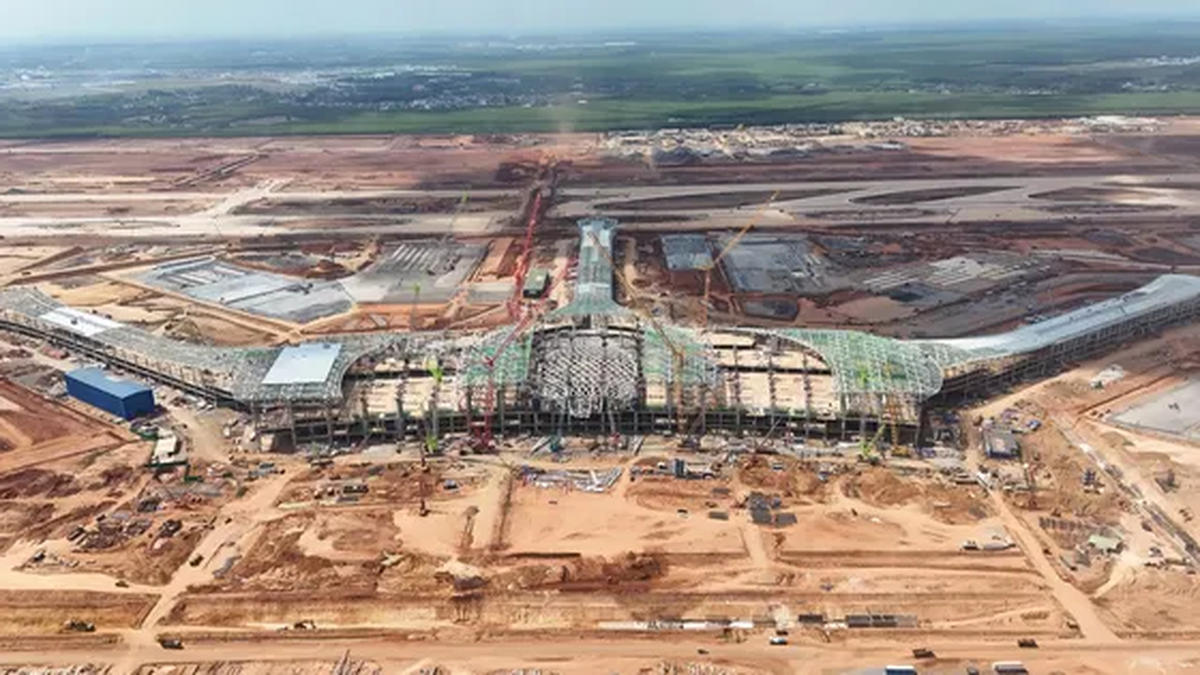

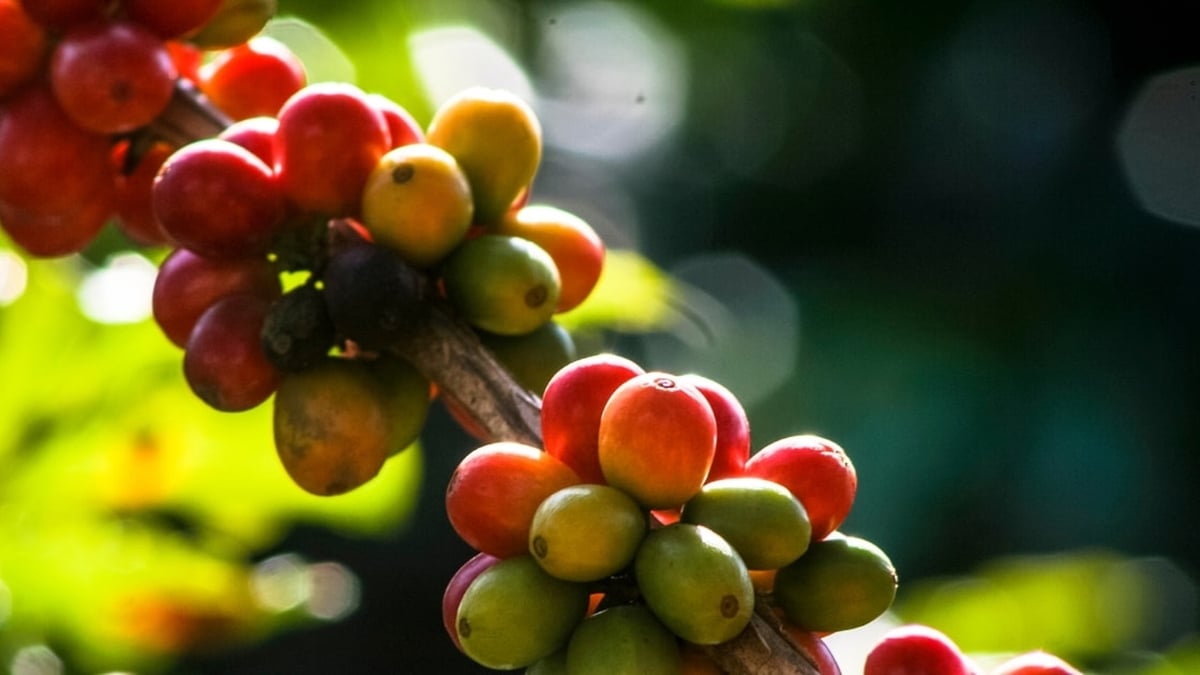


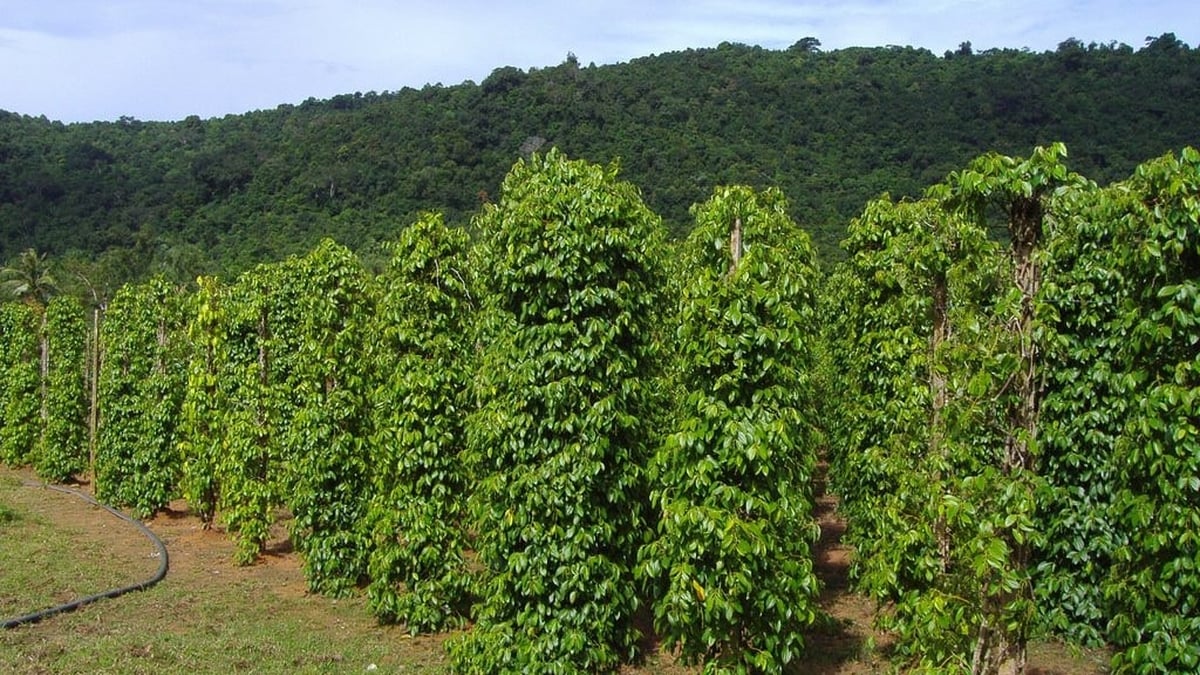
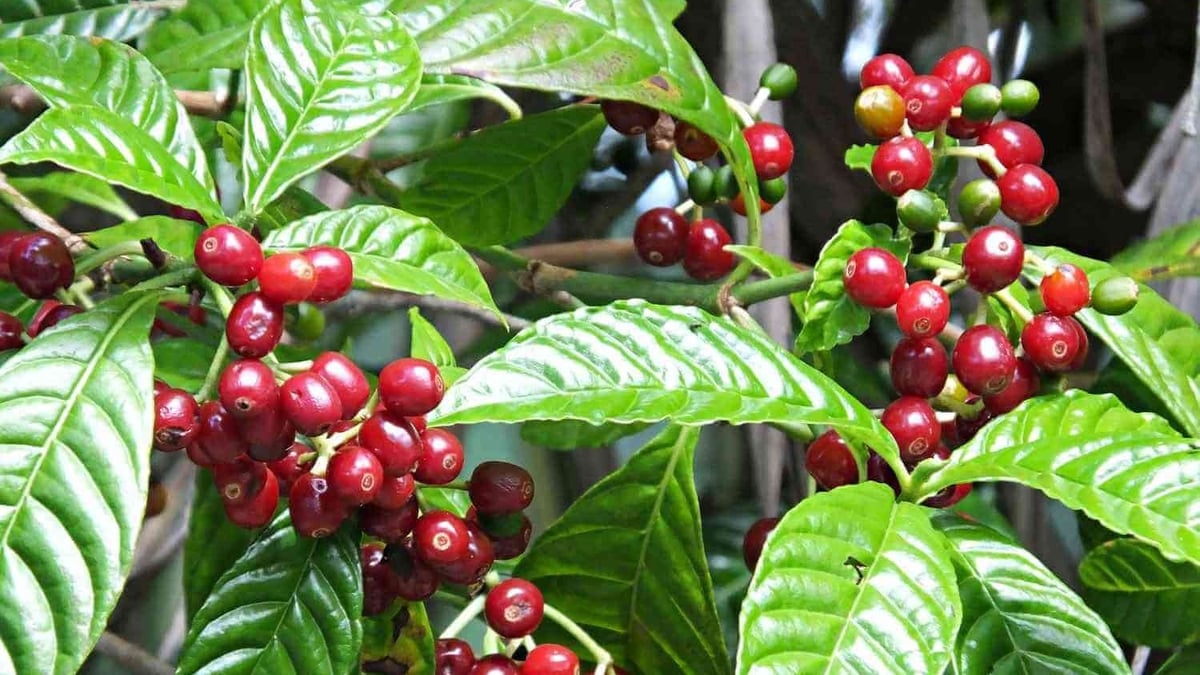














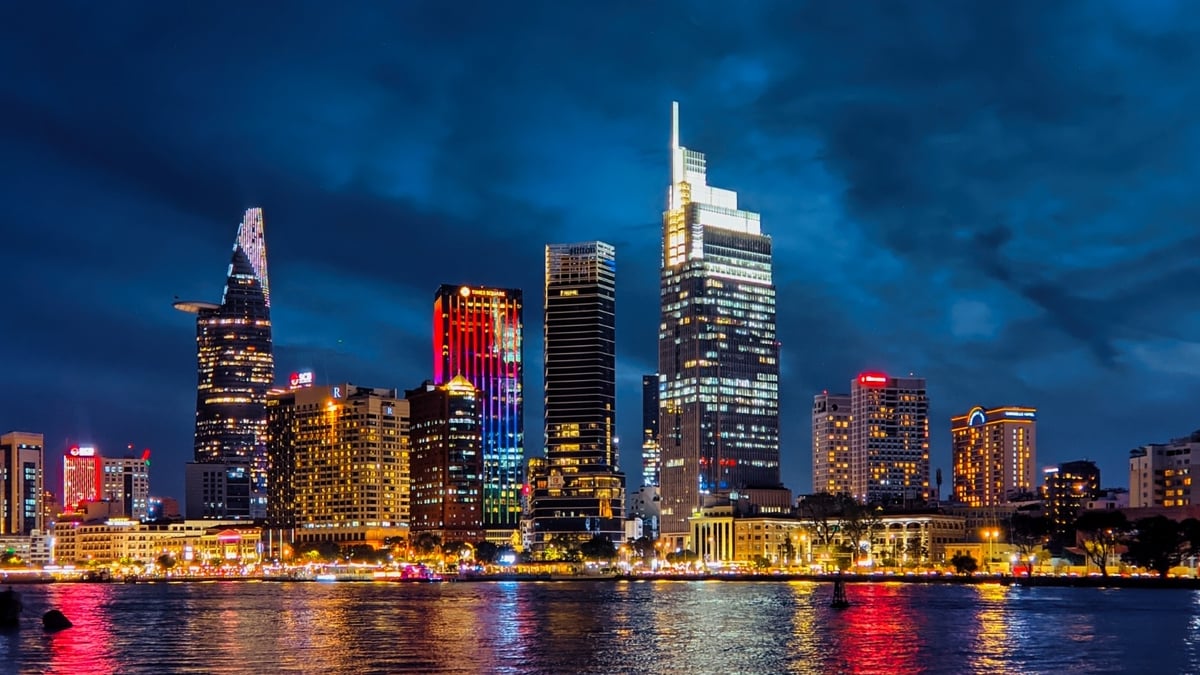



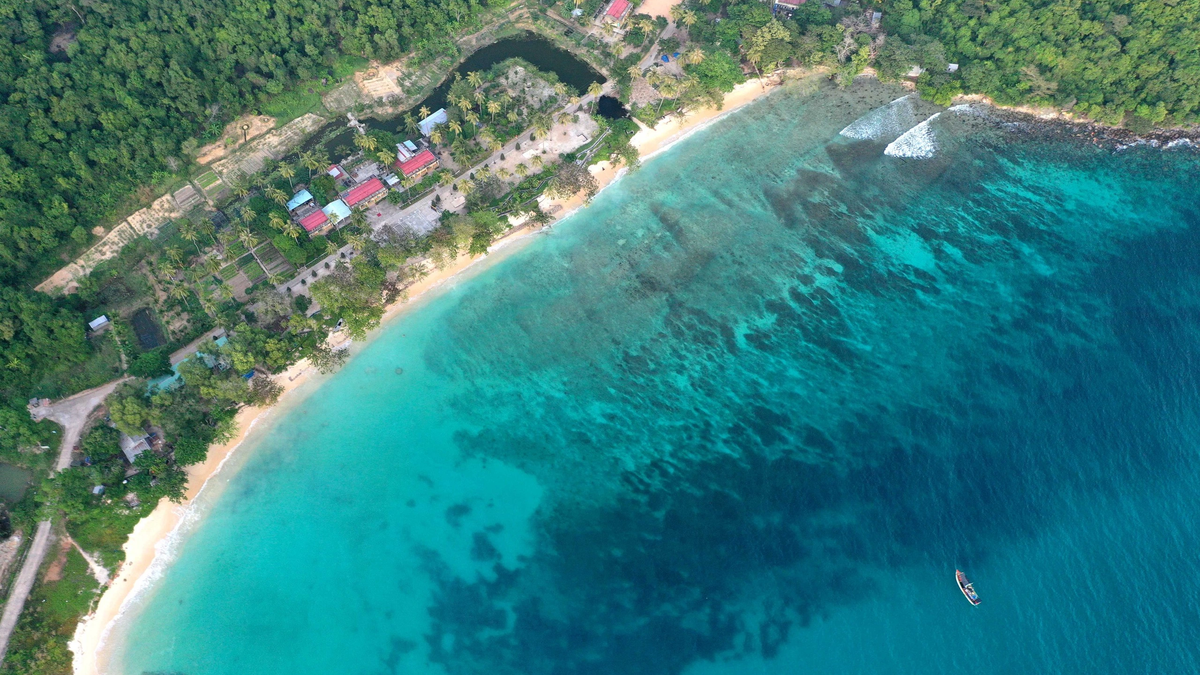








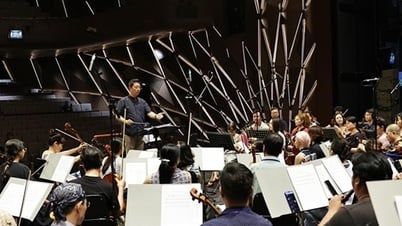












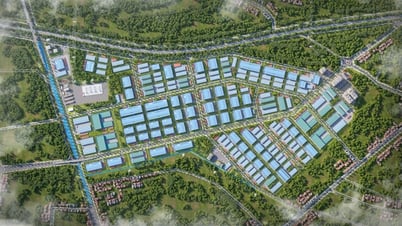















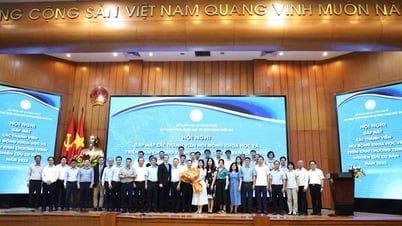

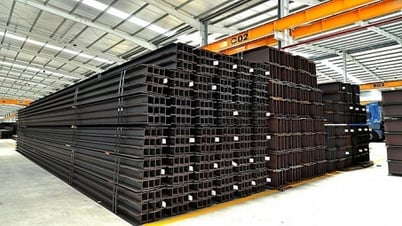





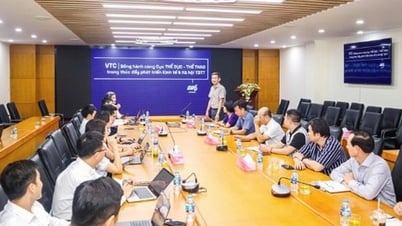


















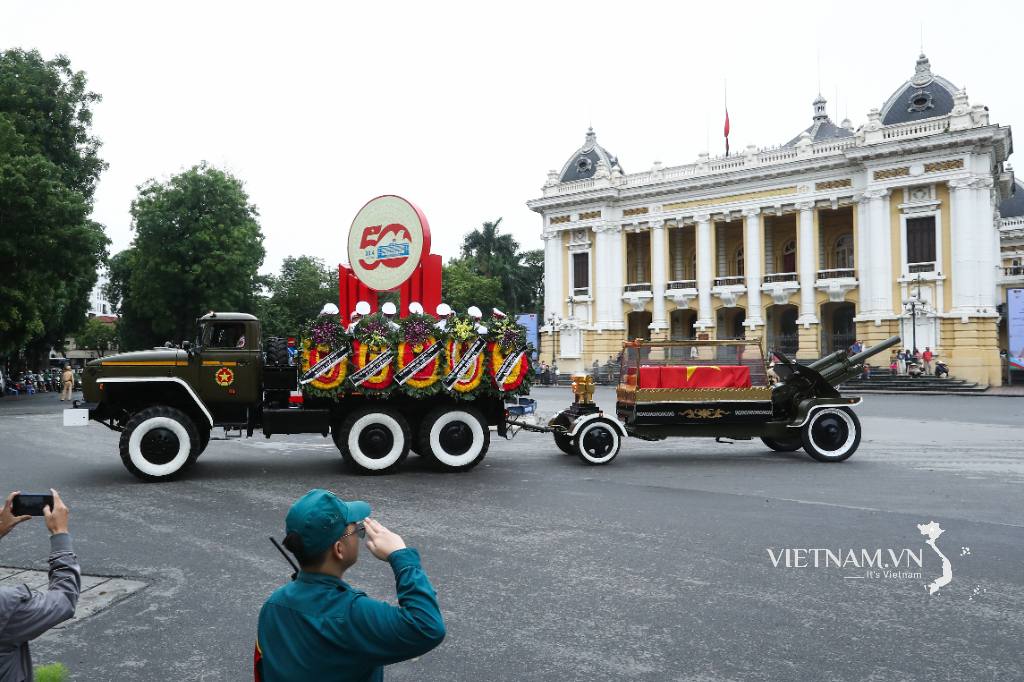

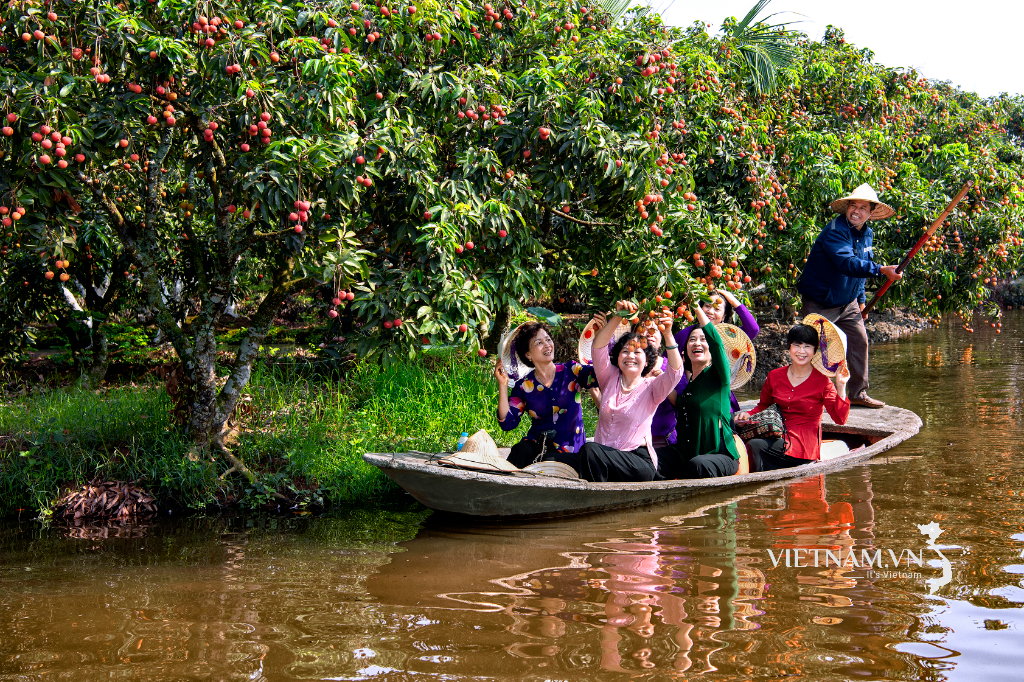
Comment (0)